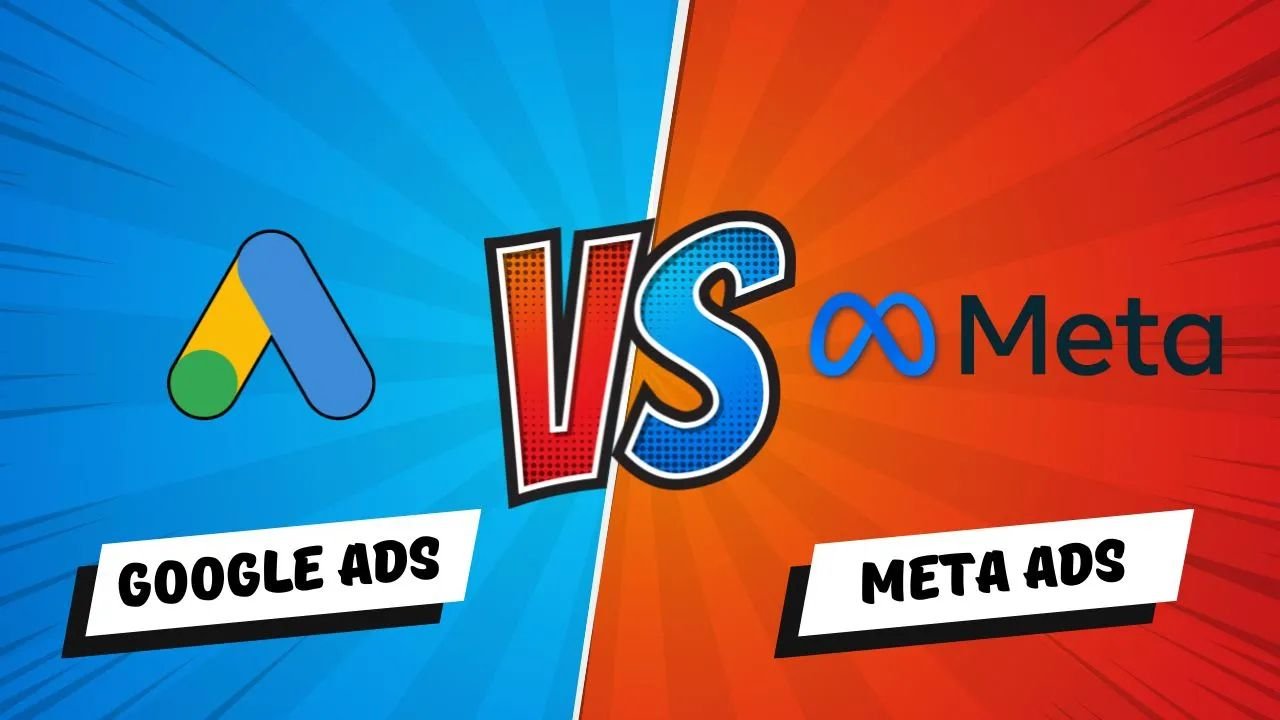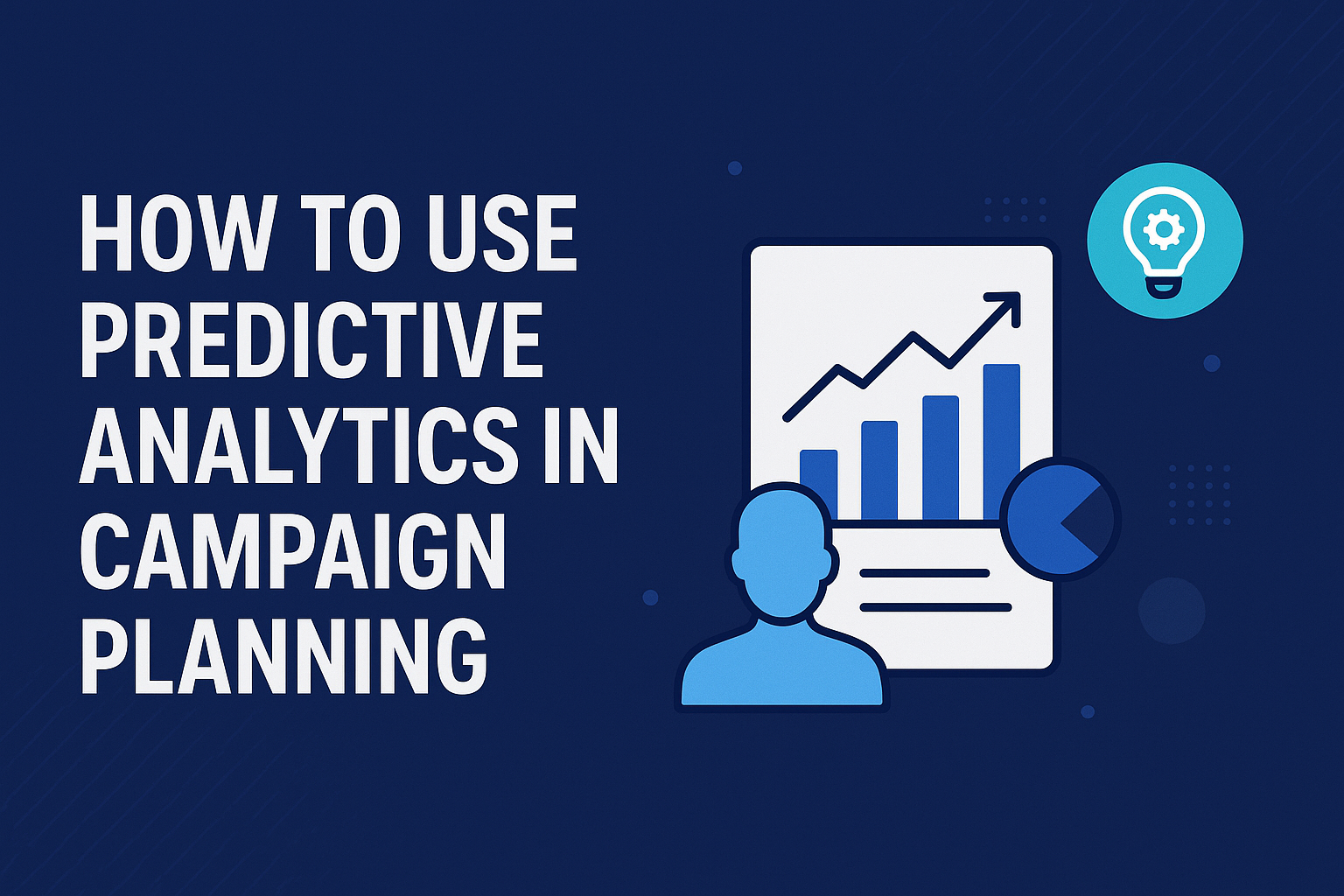
In the ever-evolving digital marketing landscape, choosing the right ad platform can make or break your campaign’s success. Two titans—Google and Meta (formerly Facebook)—dominate the advertising ecosystem. Each offers unique benefits, features, and targeting capabilities, but which is the better investment for your business?
Let’s break down the key differences, pros and cons, and use cases to help you make an informed decision.
1. Audience Intent and Reach
Google Ads primarily target users with high intent. People actively search for solutions, products, or services. If someone types “best CRM software,” they’re likely close to making a purchase.
Meta Ads, on the other hand, are about discovery. Ads appear while users scroll through Facebook or Instagram, making them more effective for brand awareness and top-of-funnel campaigns.
✅ Google Ads = High buyer intent
✅ Meta Ads = Exceptional audience reach and engagement
2. Targeting Capabilities
Meta excels at demographic and psychographic targeting—interests, behaviors, and connections. You can reach highly specific audience segments.
Google relies more on keywords, device type, and demographics, and has enhanced targeting through its Display Network and YouTube Ads.
✅ Meta Ads = Sophisticated social targeting
✅ Google Ads = Powerful keyword and contextual targeting
3. Cost-Effectiveness and ROI
Meta Ads generally offer lower CPCs (cost per click) but might have lower conversion intent. Google Ads might be pricier per click, but conversions often come faster.
You’ll need to weigh volume vs. quality:
- Want cheap traffic and brand lift? Try Meta.
- Want ready-to-buy customers? Invest in Google.
4. Ad Formats and Creative
Meta Ads support eye-catching visual formats: carousels, reels, videos, stories. Great for brands with strong creative assets.
Google Ads offer text, shopping, video (via YouTube), and responsive display ads. Great for businesses with structured products/services.
✅ Meta = Visual and engaging
✅ Google = Functional and transactional
5. Analytics and Optimization
Both platforms offer robust analytics dashboards.
- Google Ads integrates seamlessly with Google Analytics for keyword-level insights.
- Meta Ads provides strong engagement metrics and behavior insights across platforms.
A/B testing, custom audiences, conversion tracking, and retargeting are available on both—so optimization is in your hands.
So, Where Should You Invest?
Choose Google Ads if:
- You offer services/products with high search demand
- You prioritize immediate leads and conversions
- You want to reach users ready to take action
Choose Meta Ads if:
- You’re building brand awareness
- You have strong visual content
- Your business thrives on social engagement
Best practice? Run both and analyze the results. Often, the most effective strategy is an omnichannel approach.
FAQs
1. Which platform is cheaper—Google or Meta Ads?
Meta generally offers lower CPCs, but Google can deliver higher-intent leads, making ROI potentially better depending on goals.
2. Can I run both Google and Meta Ads simultaneously?
Absolutely. Running both allows you to engage users at different stages of the buying journey—from awareness to conversion.
3. What type of business benefits more from Meta Ads?
B2C, lifestyle, fashion, entertainment, and visually appealing products/services often perform better on Meta platforms.
4. Are Google Ads better for local businesses?
Yes. With location targeting and search intent, Google Ads can drive traffic to local stores and services effectively.
5. How should I measure performance between both platforms?
Use platform-specific analytics along with tools like Google Analytics, UTM tracking, and CRM data to compare cost-per-acquisition (CPA), conversion rate, and customer LTV.



